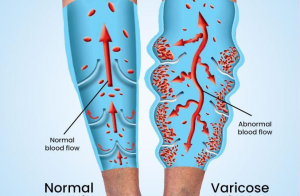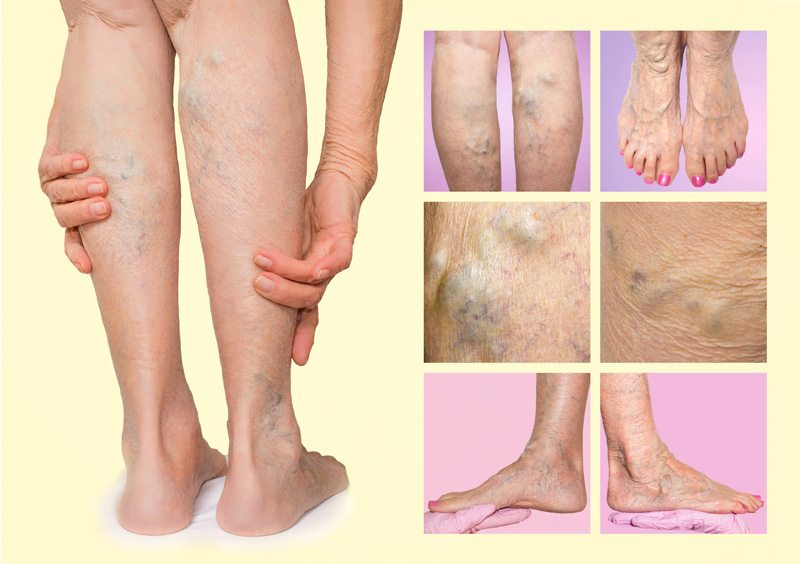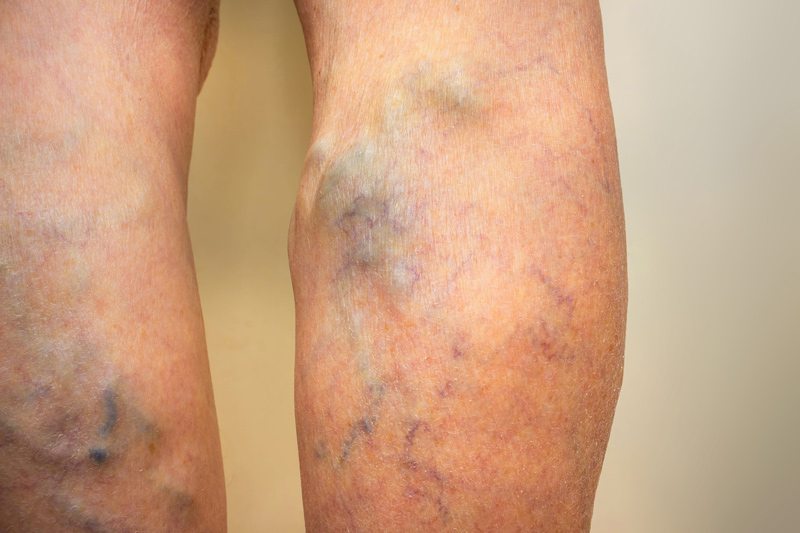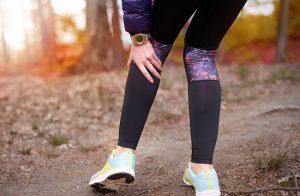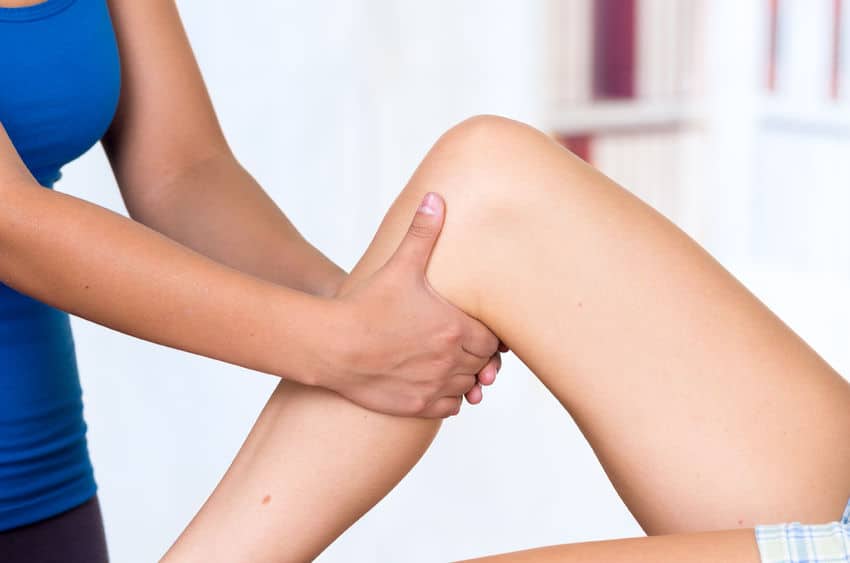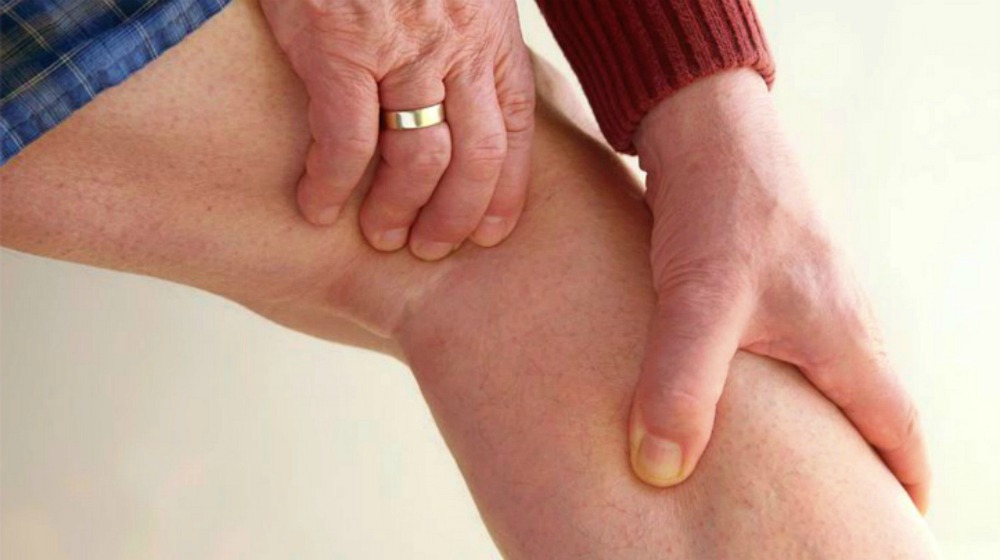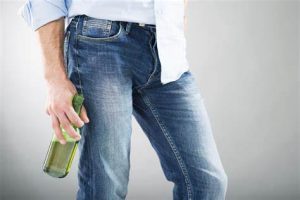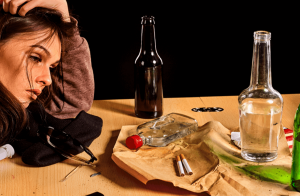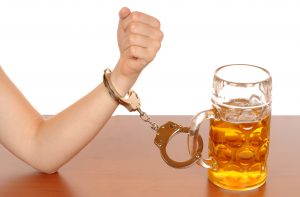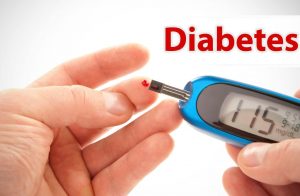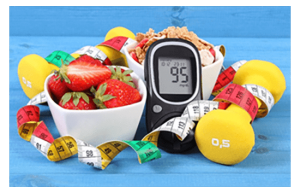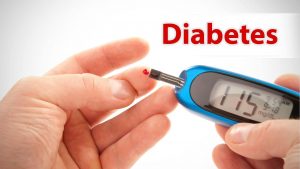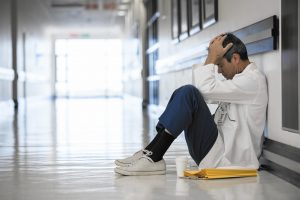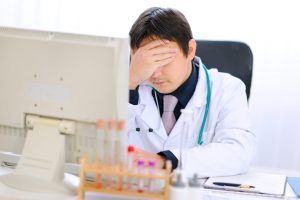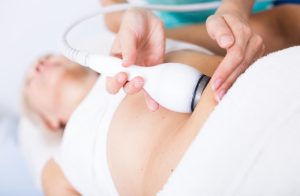
Tips to become a professional Coolsculpting provider
CoolSculpting has become a lucrative profession, to say the reason. There are various reasons and purposes for which people decide to avail of this service. The first thing is to know what CoolSculpting is. This is nothing but an effective body-contouring procedure.
If some individual is looking forward to losing excessive weight or fat, then CoolSculpting is the best option to go for. This technique is likely to work as the perfect catalyst to push the individual in the right direction.
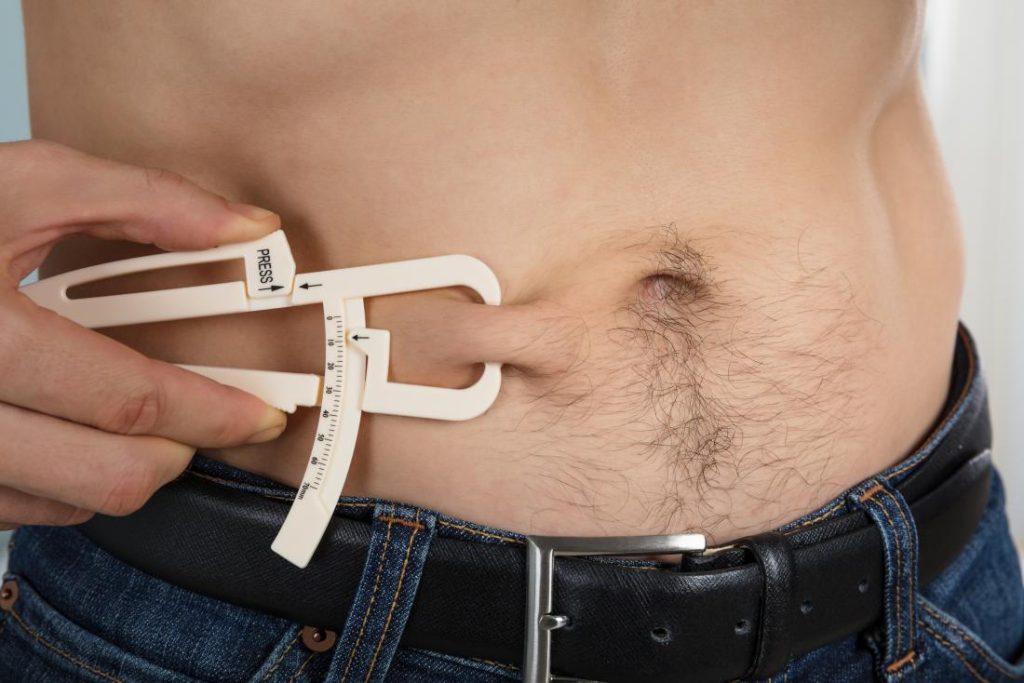
If you are interested in working as a professional CoolSculpting provider, you must first consider various considerations. Apart from knowing this technique in and out, you need to study this field properly. It would also be essential to go through several useful and effective coolsculpting reviews. In this regard, some of the ultimate tips are described below that you are supposed to follow to become a CoolSculpting provider.
Validate your business idea
You need to be interested and eager to make CoolSculpting as your business plan. This is why it is essential to validate the business idea in the best way possible. You have the option to talk to the other businessmen that are dealing with CoolSculpting. This is the first step towards starting as a CoolSculpting professional.
Set up your business
On the other hand, you have properly set-up your business first to start your business. In this regard, you need to know various aspects regarding this business and professional first. Once you manage to set-up the business structure, you are halfway about becoming a CoolSculpting service provider. You must try to know as many things about this profession as possible. It would also be better for you to know about coolsculpting reviews.
Utilize useful business ideas
To grow your business, you have to launch and utilize plenty of useful business ideas out there. This is how you can manage to do something in the field of CoolSculpting in the best way possible. You can talk with other CoolSculpting business professionals to have different creative and innovative ideas. It will then really be effective and useful for you to say the least.
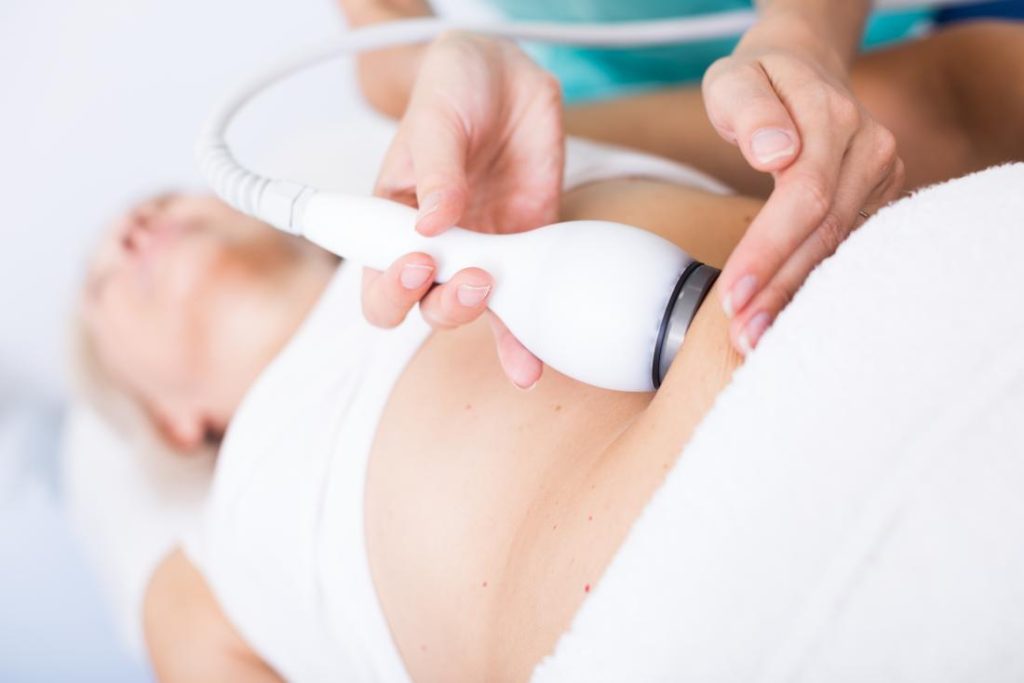
Have proper marketing strategies
Without proper marketing strategies, no business can shine and grow. Hence, you are supposed to determine the most suitable marketing strategies to grow CoolSculpting business to its highest extent. You can develop your ideas and visions to do great things in this field. Once you can utilize some good market strategies, you will not have to look back again.
Research and research
Last but not least, you are extremely required to do your research about various aspects of CoolSculpting. It would be best if you made it a habit of exploring all the things about this profession. There are several useful techniques and procedures that you need to know while working in this line of work. The more you manage to explore, the better it will be for you. Therefore, you are required to do a lot of online and offline research about this profession.

